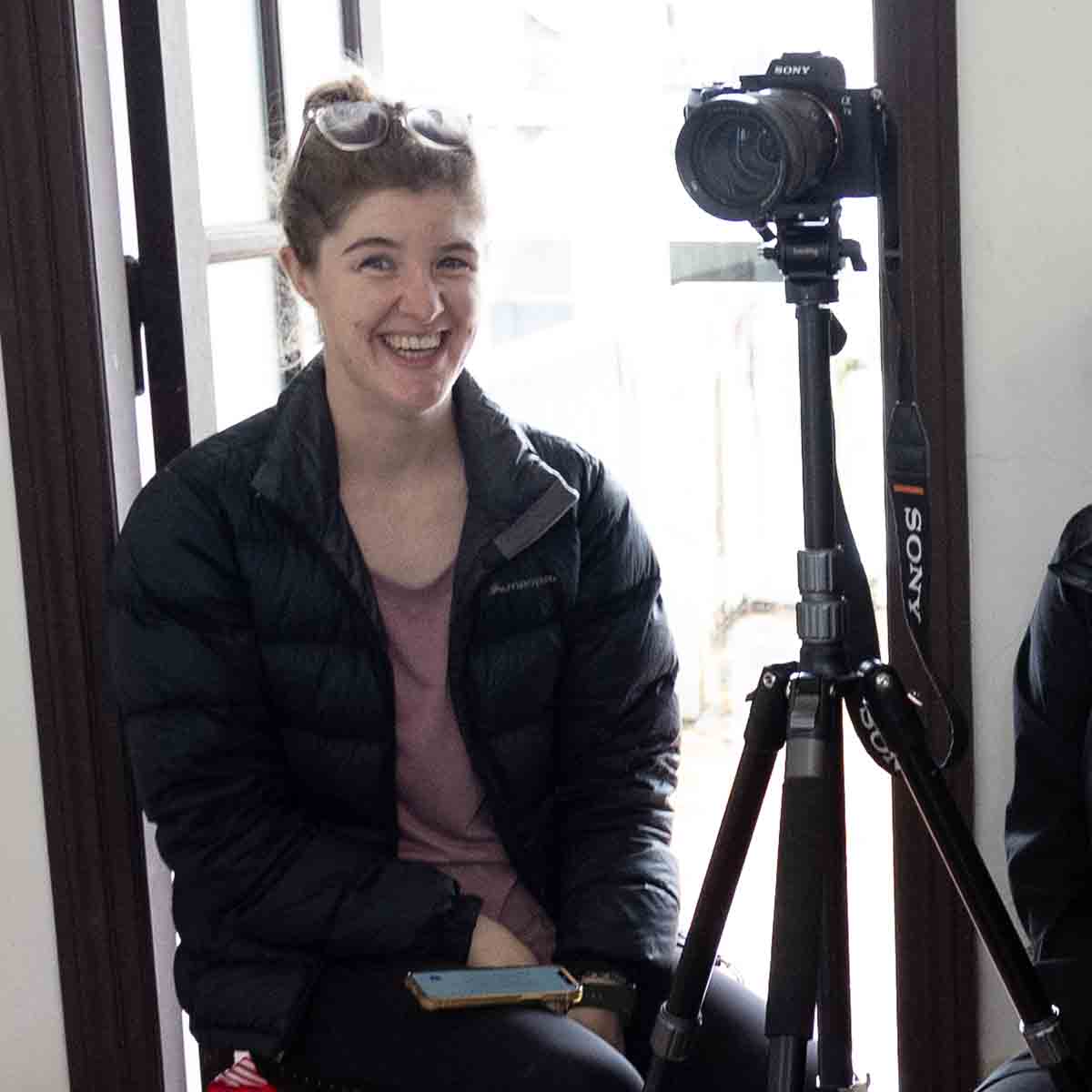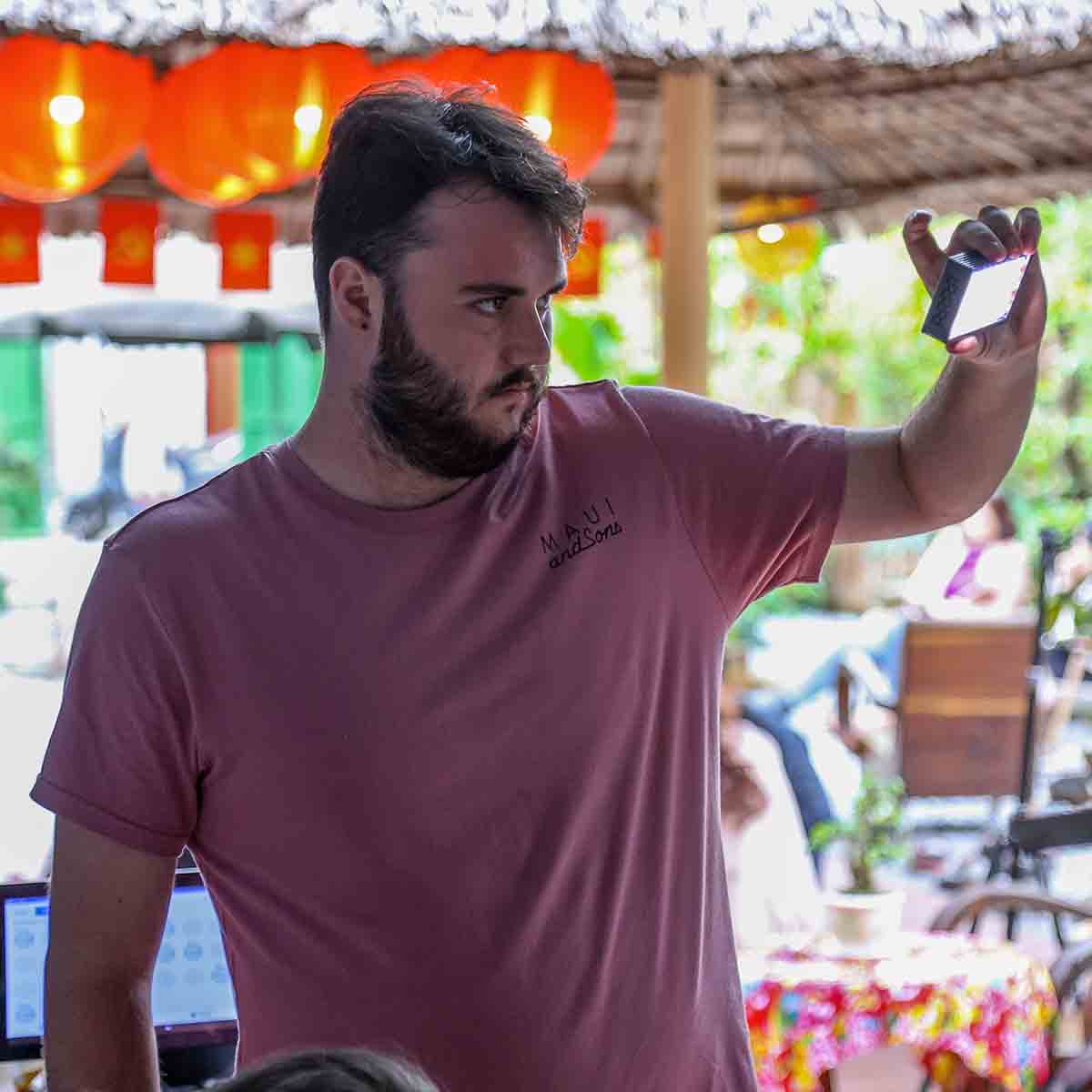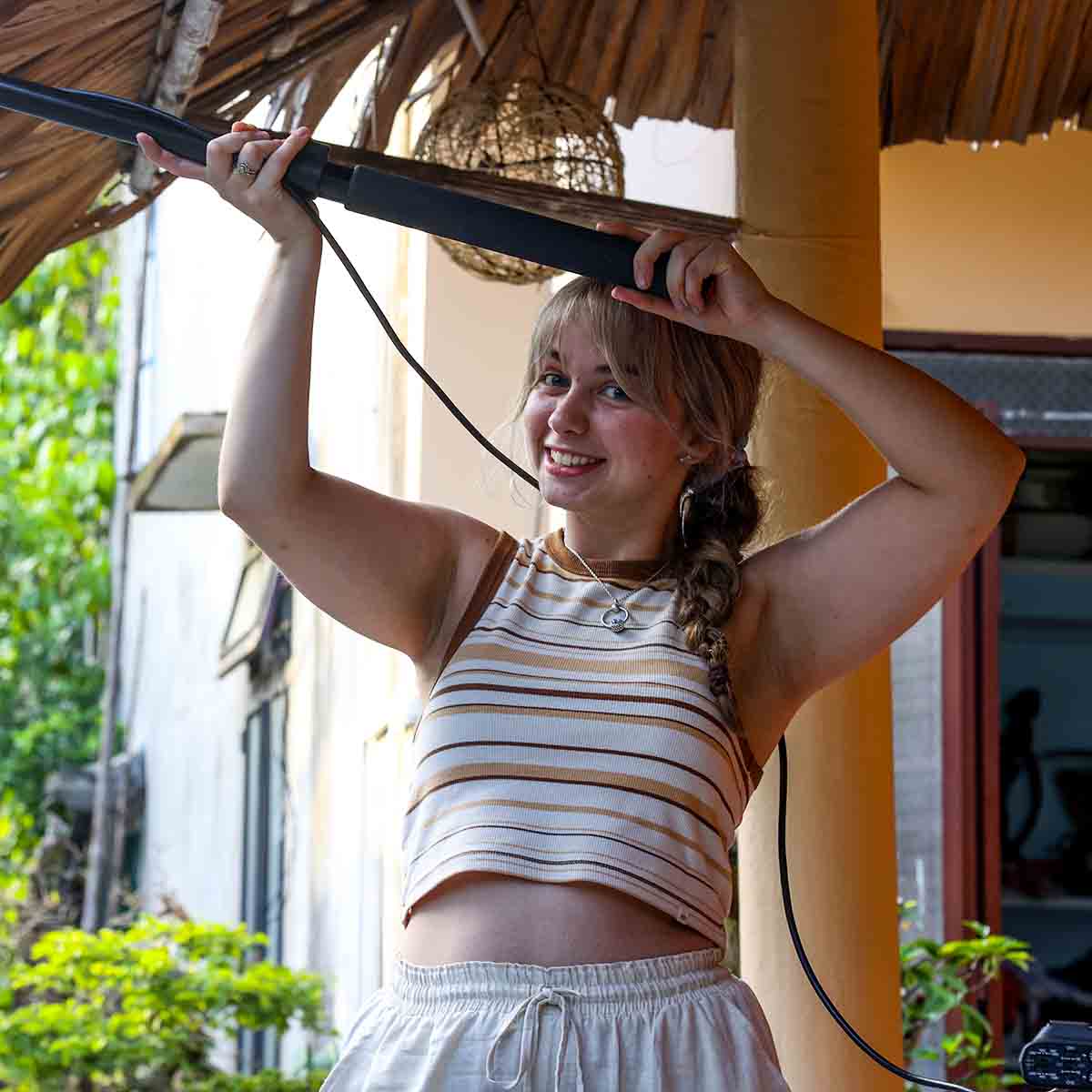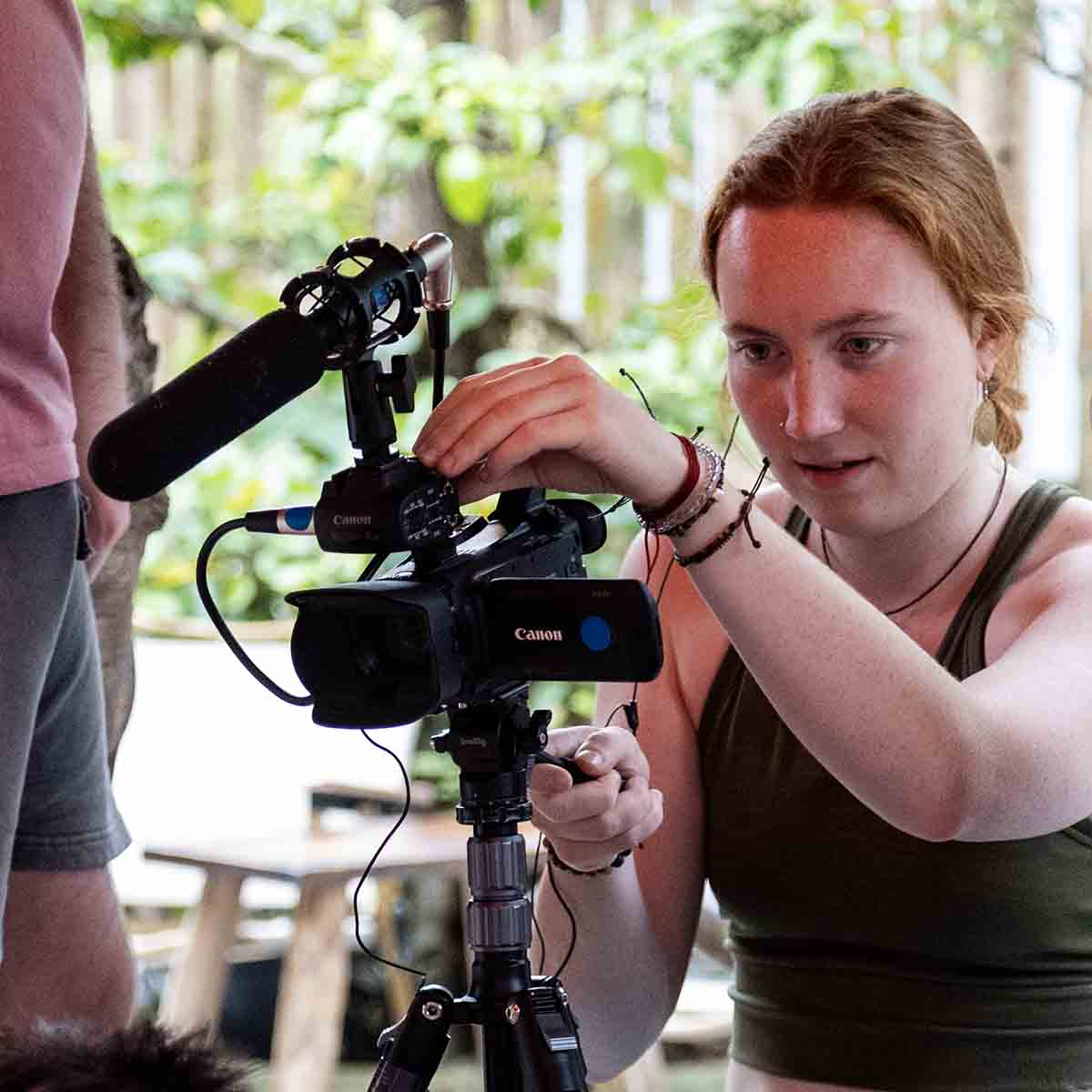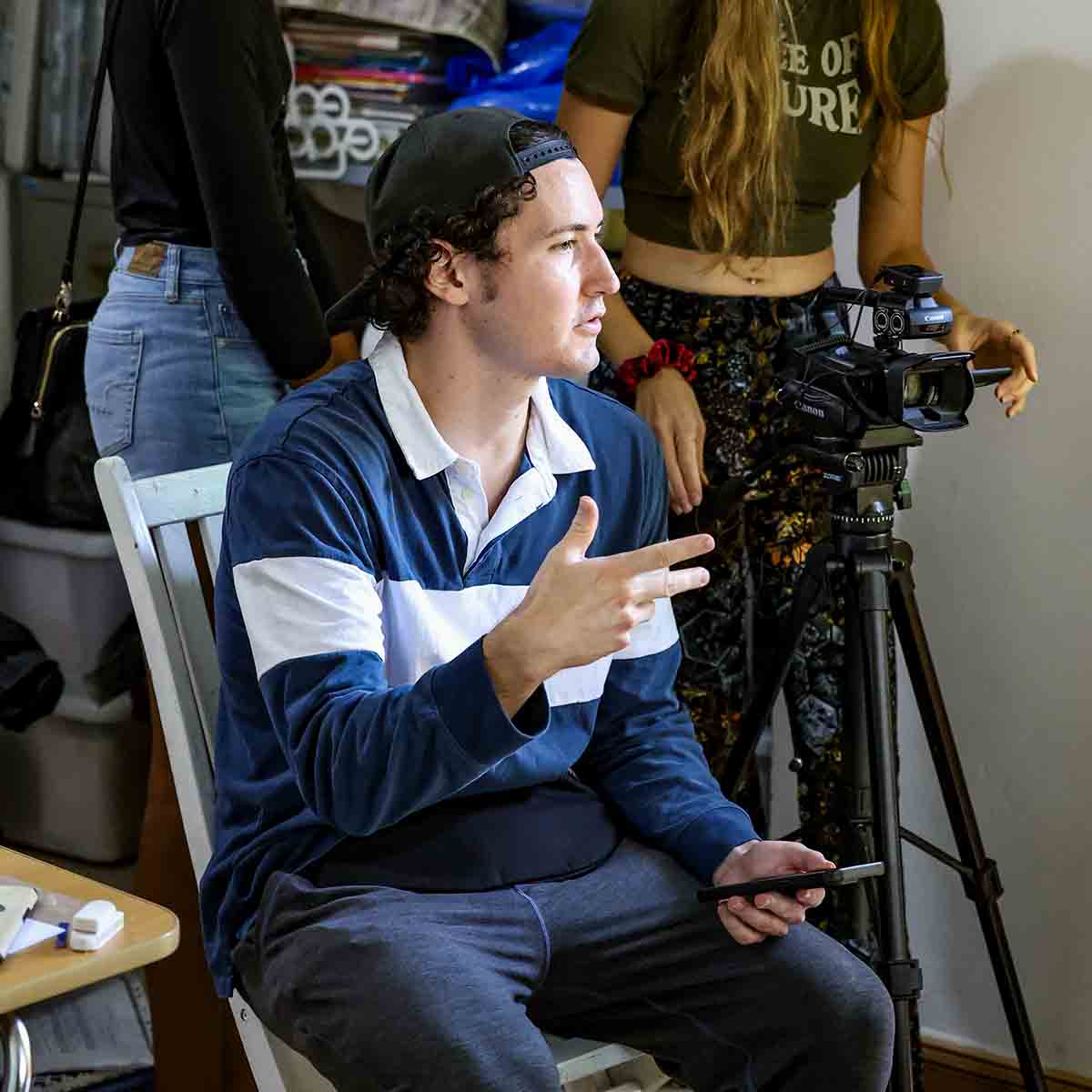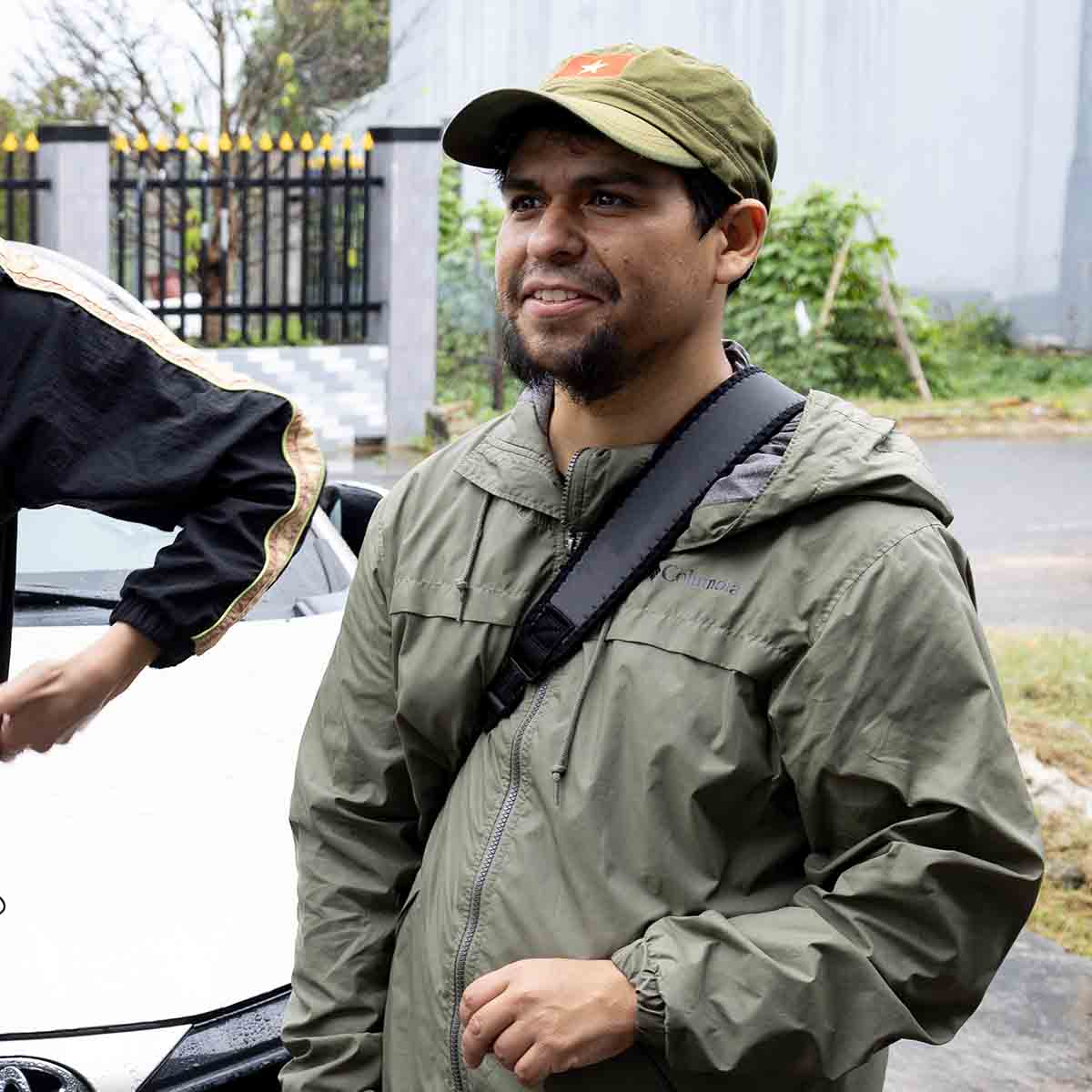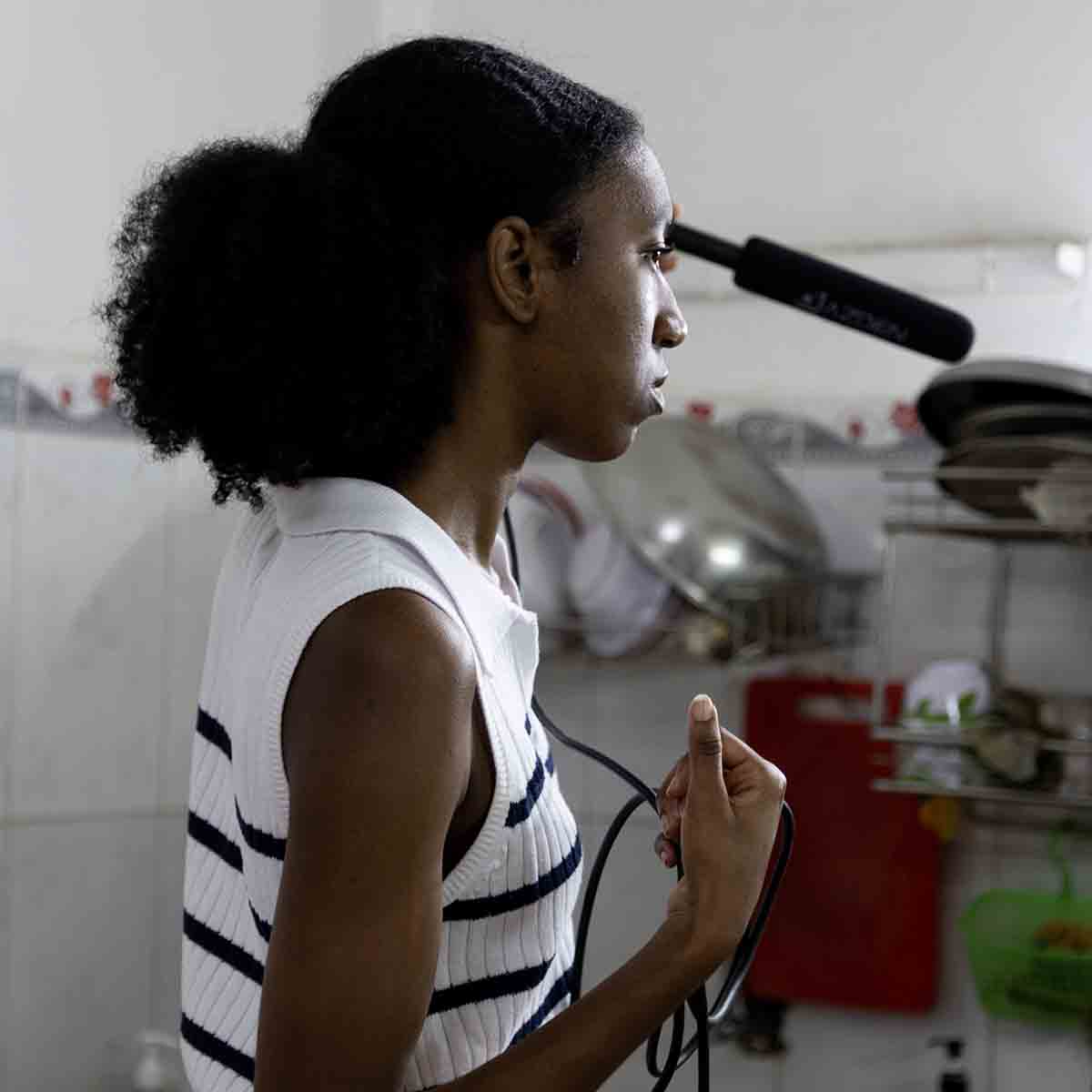Documentary Outreach to Vietnam (2024)
Wrap Report
A Documentary Outreach is more than just a workshop; it’s an immersive experience designed to connect participants with changemakers around the world. Over four weeks, our crews dive into the art of documentary storytelling, guided by an Actuality Abroad Field Producer + Storytelling Coach. The goal is to create short documentaries that not only highlight the impactful work being done in these communities but also inspire viewers with stories of hope and change.
In our Documentary Outreach to Vietnam, we aimed to accomplish several key objectives: build strong connections with local changemakers, uncover and document their inspiring stories, and provide participants with hands-on experience in every stage of documentary filmmaking. From researching and planning to filming and editing, each step of the journey was an opportunity for learning and growth.
LOCATION
Hoi An, a coastal town in central Vietnam, was a vivid tapestry of history and contemporary issues during our visit. Known primarily for its well-preserved Ancient Town, a UNESCO World Heritage site, the streets of Hoi An were a kaleidoscope of historic architecture and bustling night markets. The town’s past as a thriving trading port from the 15th to the 19th century was evident in the mosaic of preserved merchant houses, temples, and winding lanes.
However, the charming appearance of Hoi An belied modern challenges. Environmental issues such as flooding and the impacts of rapid tourism growth posed significant threats. The town frequently experienced severe flooding during the rainy season, exacerbated by climate change and inadequate urban planning. These challenges highlighted the delicate balance between preserving a rich historical heritage and managing contemporary environmental and social issues.
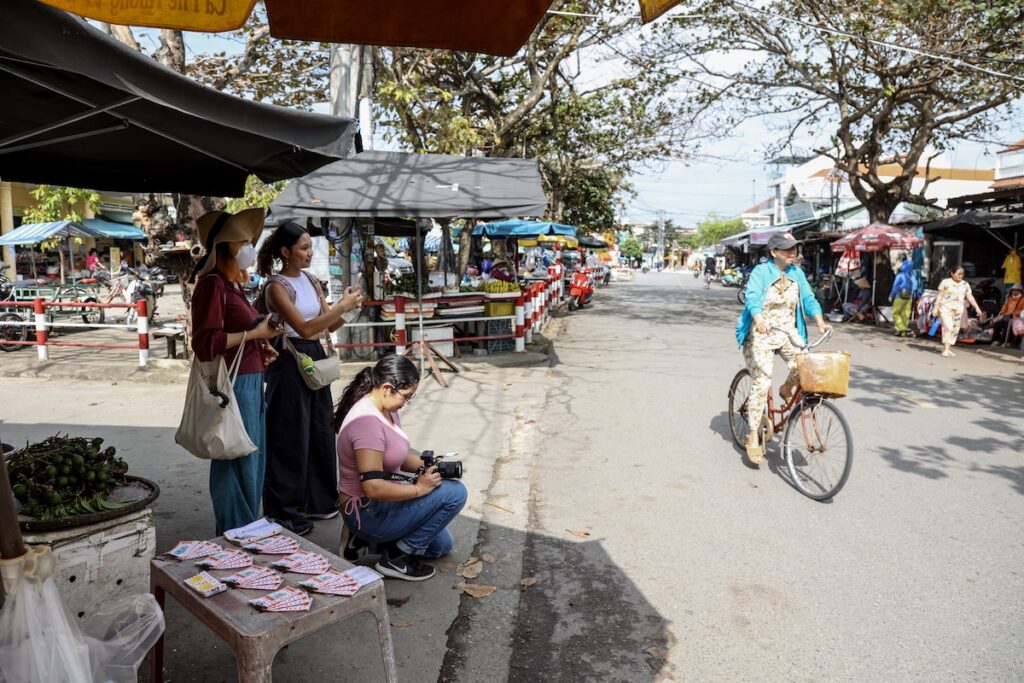
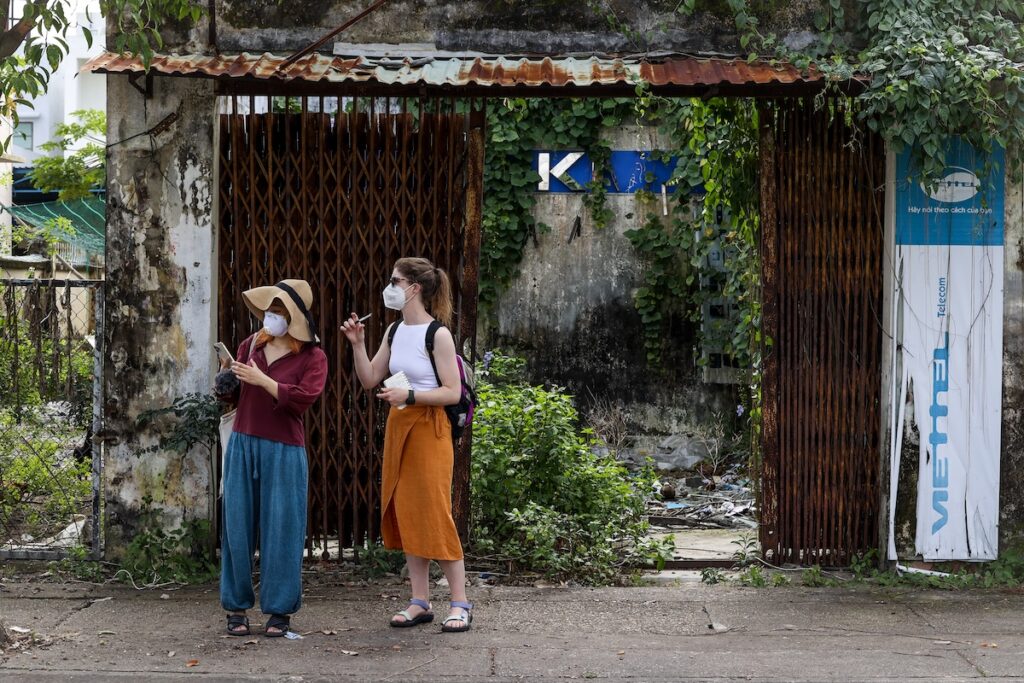
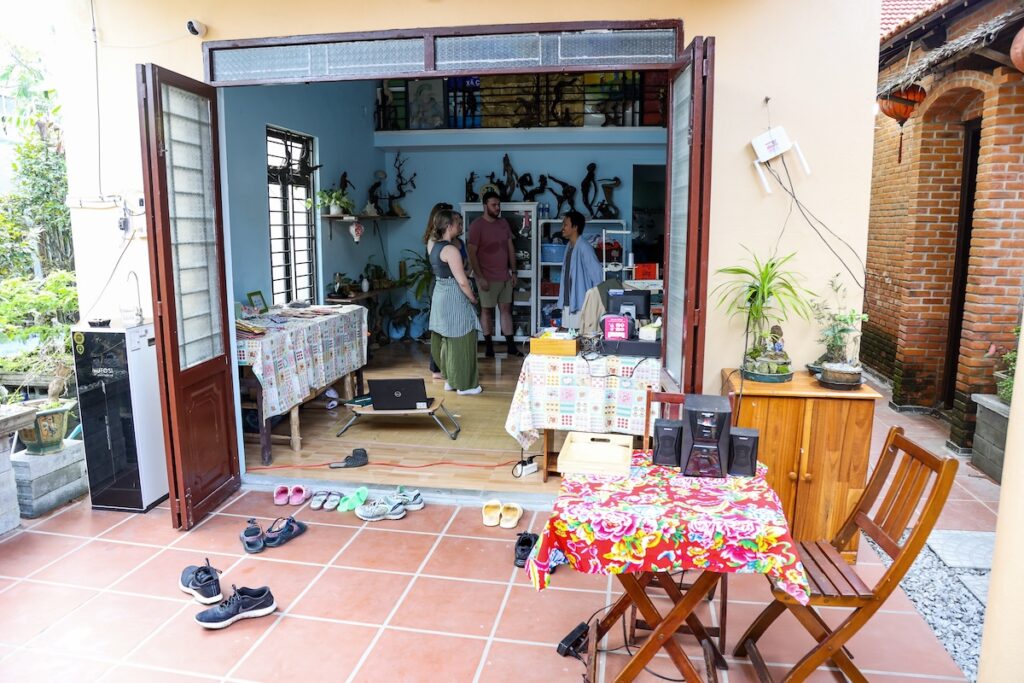
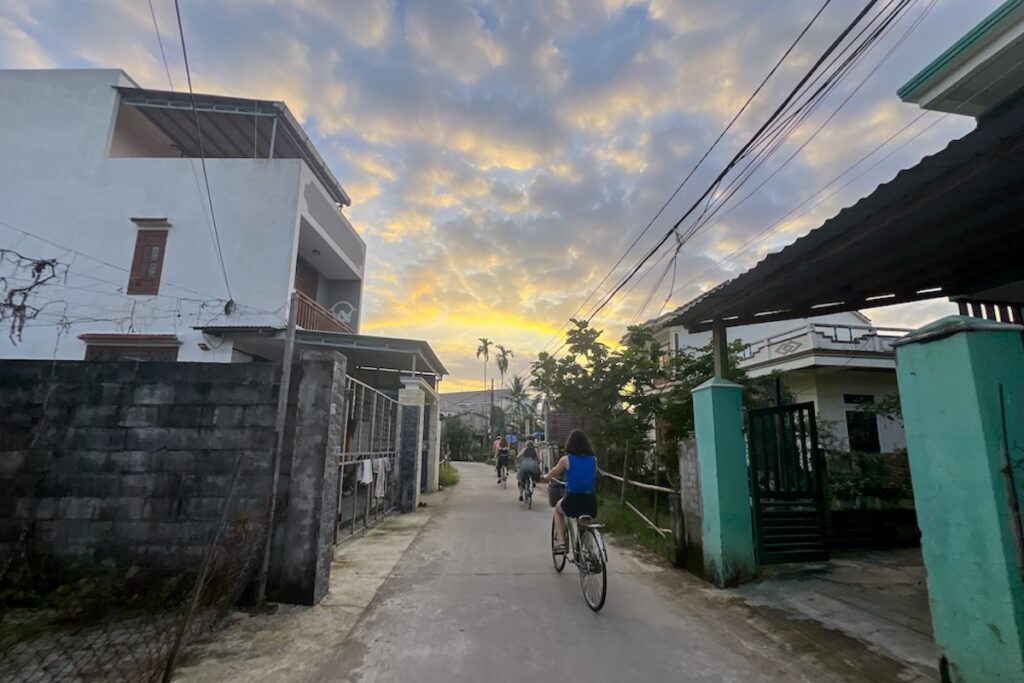
Among the social challenges we explored was the push for disability rights, a crucial but often overlooked issue in Vietnam. Our interactions with local advocates provided a deeper insight into the ongoing efforts to improve accessibility and inclusion, enriching our understanding of the broader societal context in Hoi An.
Living and working in Hoi An for a month allowed us to engage deeply with the local community, understanding their daily lives and the challenges they face. From local artisans striving to preserve traditional crafts against the tide of modernization to community initiatives tackling environmental and social issues, Hoi An offered a complex backdrop to our experience. It was a place where every narrow lane and sun-faded façade revealed the resilience and adaptability of its peoples.
CHANGEMAKERS
Our documentary storytelling projects focused on an often overlooked aspect of social challenges in Vietnam—disability rights. Despite the vibrant culture and community spirit, Hoi An, like many parts of Vietnam, faced significant obstacles in terms of accessibility and inclusion for people with disabilities. Our time was spent engaging with local disability advocates and documenting their efforts to improve access and rights, providing a crucial narrative to our understanding of the broader societal context in Hoi An.
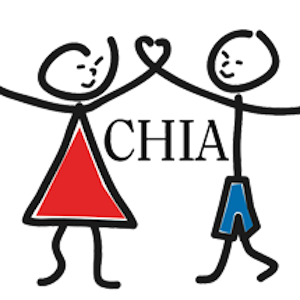
Children’s Hope In Action (CHIA)
CHIA provides services for children with disabilities in Hoi An and runs programs for disadvantaged youth across the province.

Hearing and Beyond Vietnam
A center for deaf and hard of hearing children that serves as the only educational resource for youth across the Quảng Nam province.
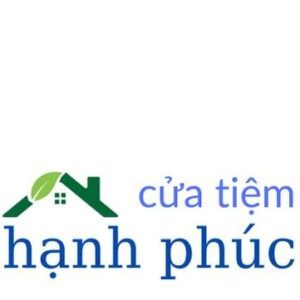
The Happiness Shop cửa tiệm hạnh phúc
The Happiness Shop is a artisan crafts business that makes all their products from recycled materials. Their products are made by women who live with disabilities.
CREW MEMBERS
CHIA Crew
HAPPINESS Crew
HEARING Crew
RESEARCH WEEK
In the first week, we focus on making connections and building relationships.
Each weekday starts with Briefings, where crews get tailored lessons on documentary storytelling relevant to their current project stage. Afterward, crews head out for in-person research with changemakers, guided by a liaison from the organization. They meet people, explore places, and learn as much as they can about the changemaker. By the end of the week, each crew aims to have a protagonist and a story to tell with their film. Evenings are dedicated to inspiration through films, photography exercises, and discussions.
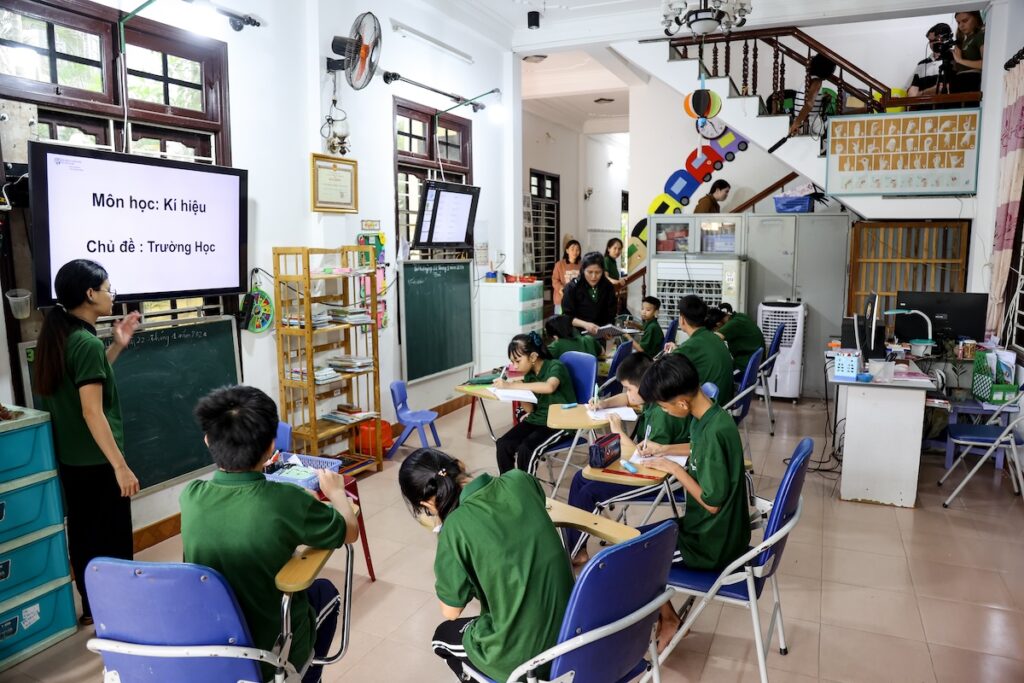
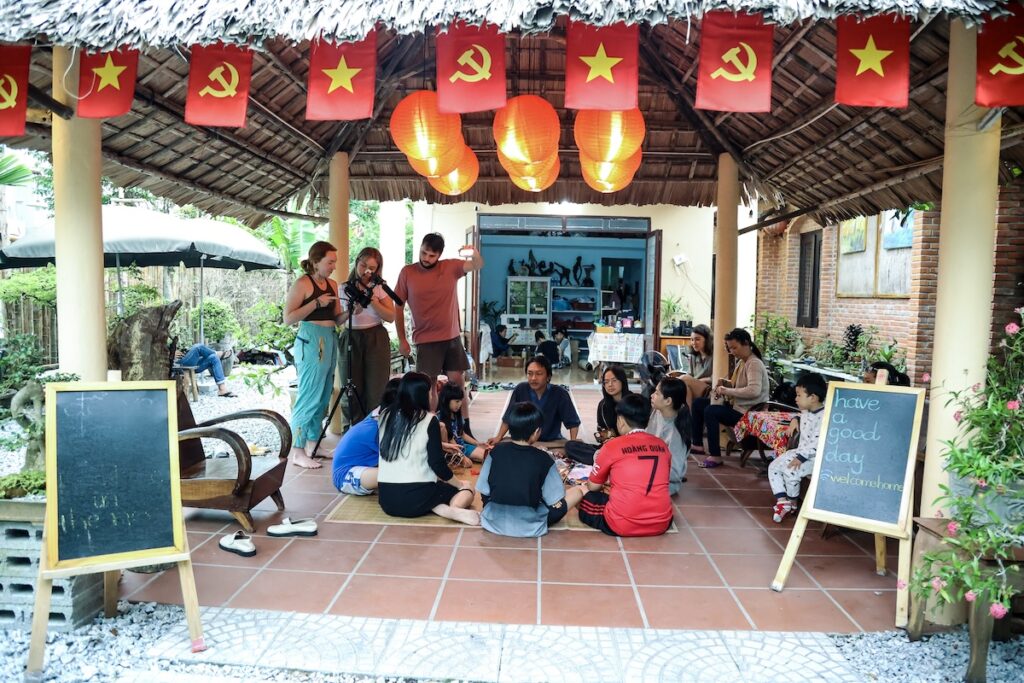
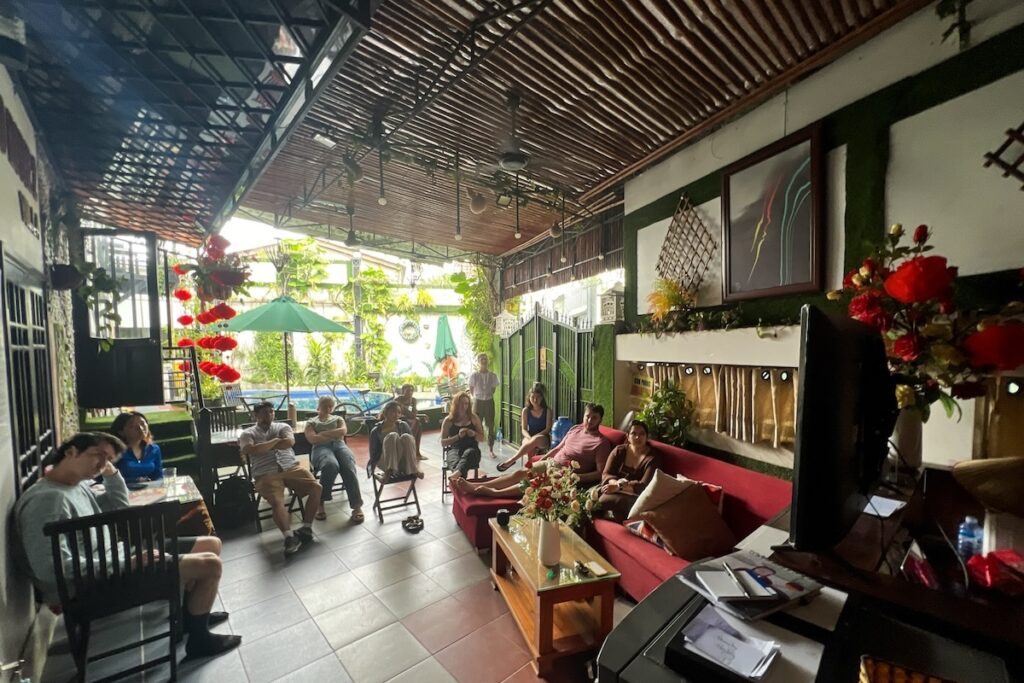
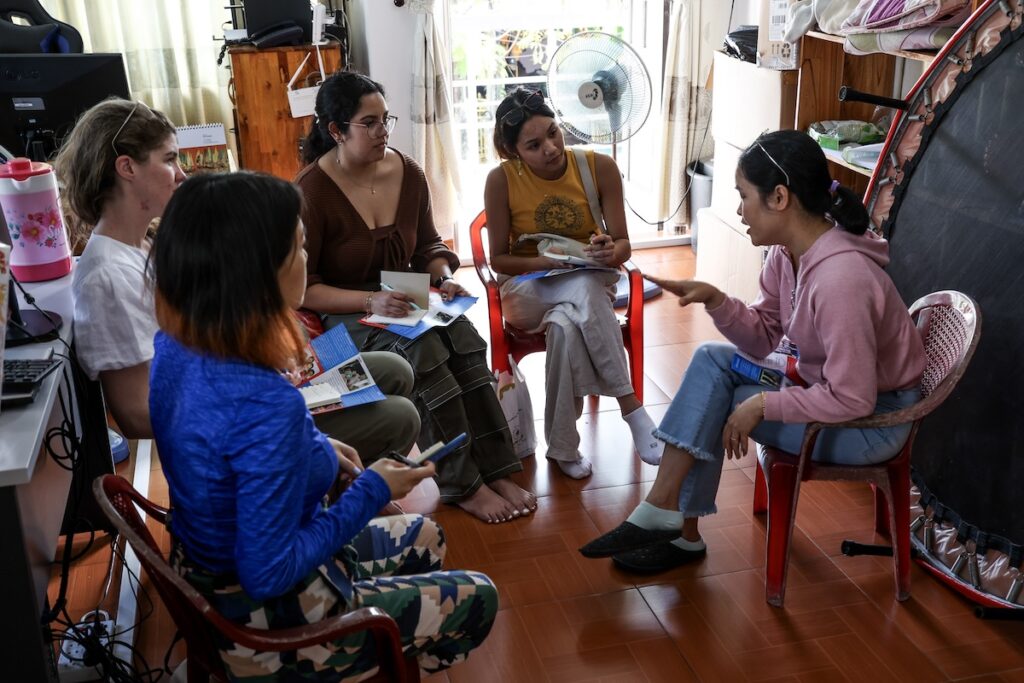
PREP WEEK
In our second week on location, the focus is getting ready for filming in every way possible. Briefings continue for the first half of the week, along with gear workshops, to ensure everyone starts filming with a full plan—a schedule, a list of everything to film, and questions ready for every interview.
Mistakes on set are inevitable when crews first work together. To get those out of the way, we do a micro-documentary project where each crew spends part of a day filming enough for a 1-3 minute video. This isn’t just a practice exercise; we aim to publish these videos. To make it more meaningful and collaborative, we ask the changemakers what kind of video they need—be it a documentary, promotional video, or something else.
In Vietnam, the Happiness crew was tasked with creating a promo not for the organization but for their new coffee shop. The Hearing & Beyond crew was asked to highlight the lack of space at their current location. The CHIA crew received the most interesting request: with Lunar New Year approaching, they needed to document the preparation of hundreds of gift bags filled with snacks and goodies for local youth in outlying villages. The schedule was tight, so the crew took extra workshops to be ready to film a day early.
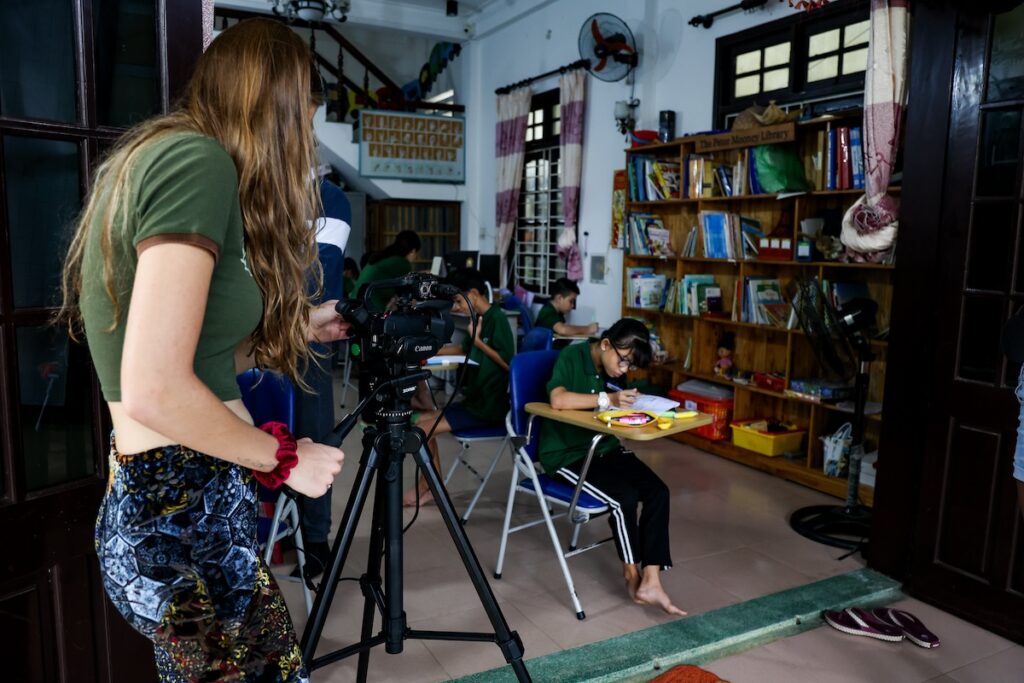
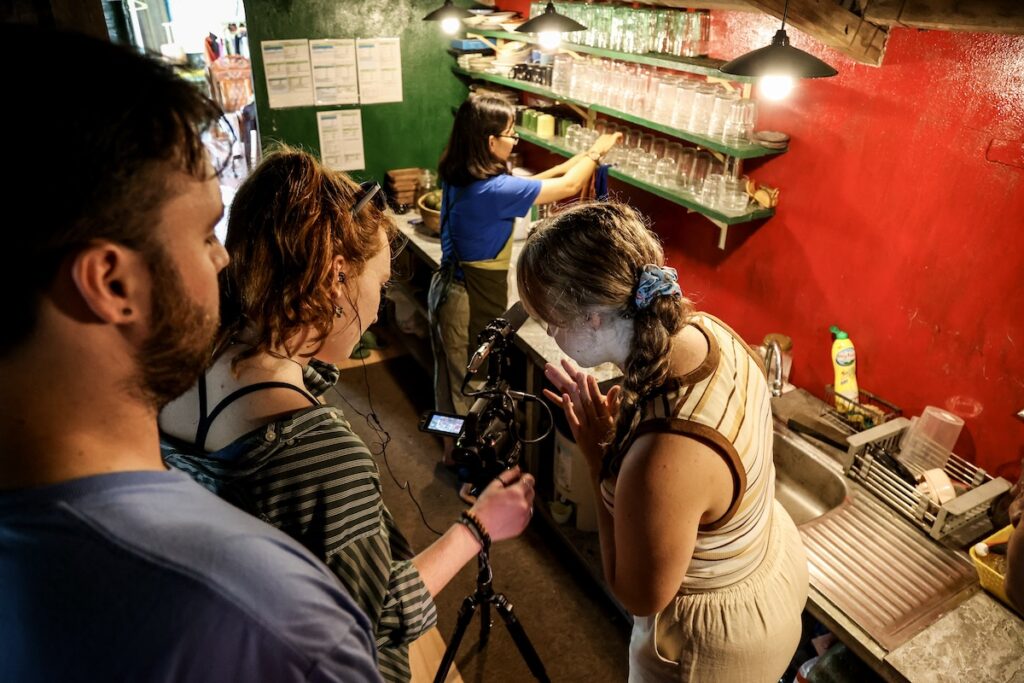
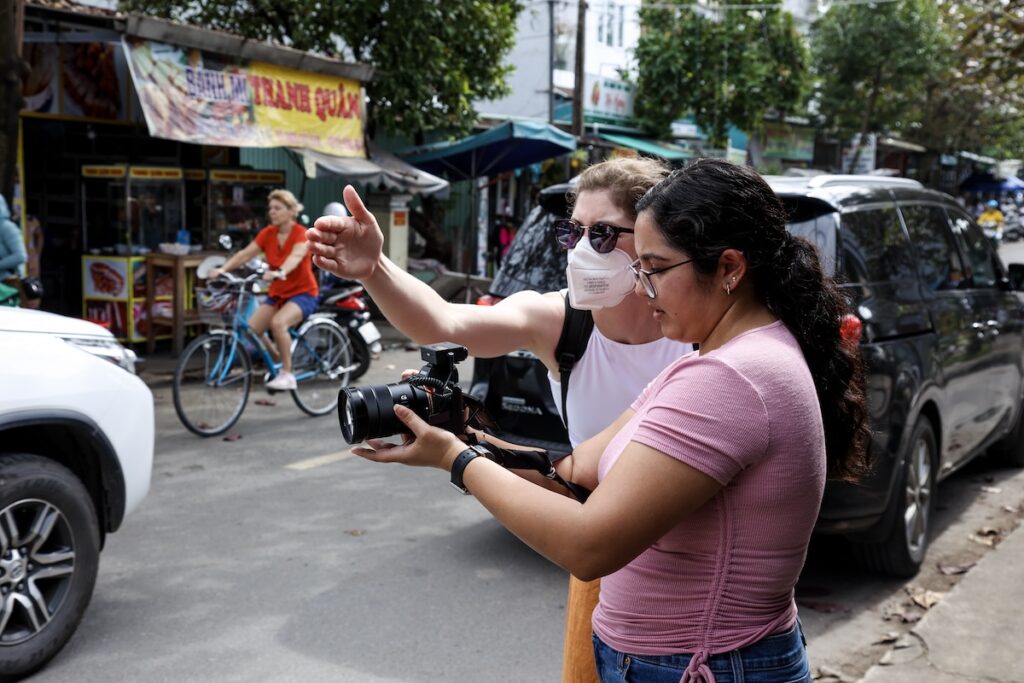
On Tuesday morning, the CHIA crew joined the leaders for a walk to a local market, encountering tricky lighting and bustling activity. This experience was eye-opening as they were introduced to several vendors connected to CHIA. The crew realized they weren’t filming at the market after all and moved to a nearby minimart.
For the next hour, the cinematographer followed the CHIA staff up and down the aisles, capturing them as they described different items they were purchasing. The rest of the crew waited outside, too numerous to fit inside without being filmed. This hands-on experience taught the crew about the intricacies of filming in a dynamic environment. Once the shopping was done, they filmed the boxes being loaded onto a motorbike trailer, highlighting the logistical challenges and teamwork involved.
Later that week, they filmed at the office as the bags were assembled and prepared for transport. They even made a second micro-documentary to capture the delivery and distribution of the bags. Through this process, the crew learned to adapt quickly, work efficiently under pressure, and gain a deeper understanding of the cultural significance of the Lunar New Year. This transformational experience not only enhanced their technical skills but also deepened their appreciation for the local community and their storytelling abilities.
PRODUCTION WEEK
It surprises many people, but only in the third week of a Documentary Outreach do our crews start Principal Photography on their main projects. The Production Schedule for this week is deliberately kept open, with only breakfasts and evening sessions for Dailies and Debriefing planned. We can’t plan anything more without knowing what the crews will be filming and the stories they’ll be telling.
All the time spent on research and preparations was to allow the crews to make these decisions themselves. As filming progresses, no two days are the same, with crews amassing more footage, sound bites, and items checked off their lists each night. Early in the week, editors begin organizing the day’s footage and cutting scenes together, so by the end of the week, everyone can gather to watch Visual Assemblies of each film.
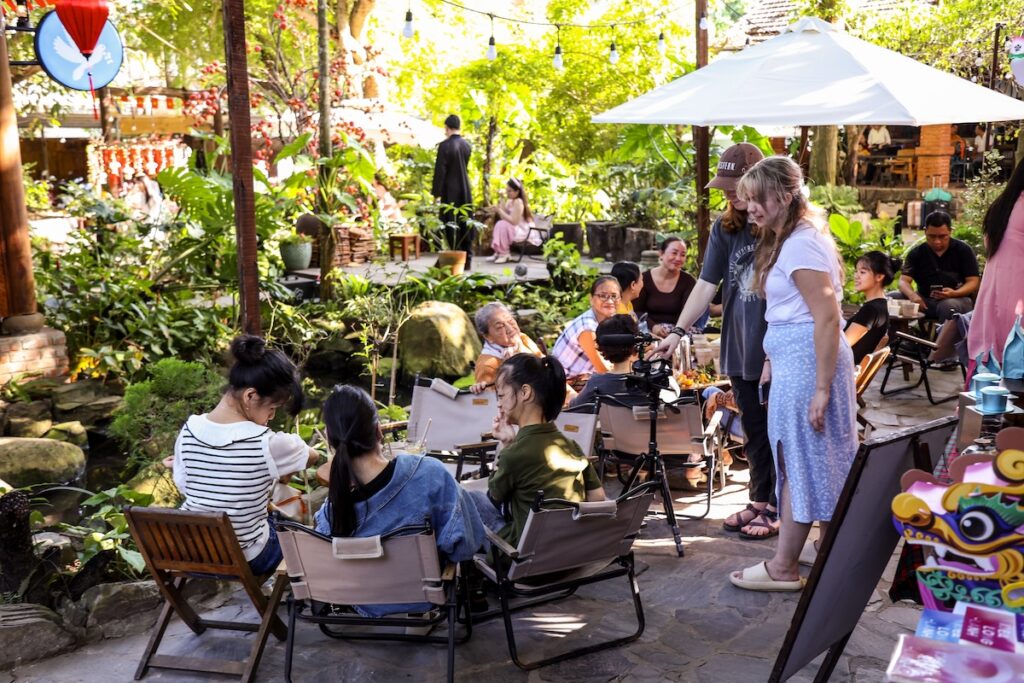
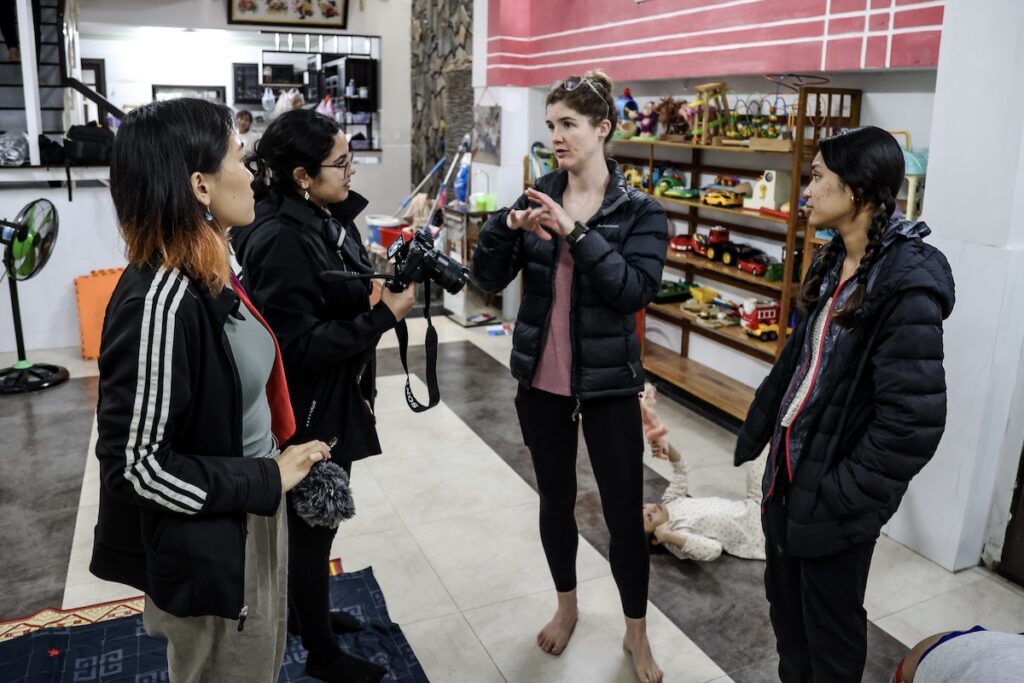
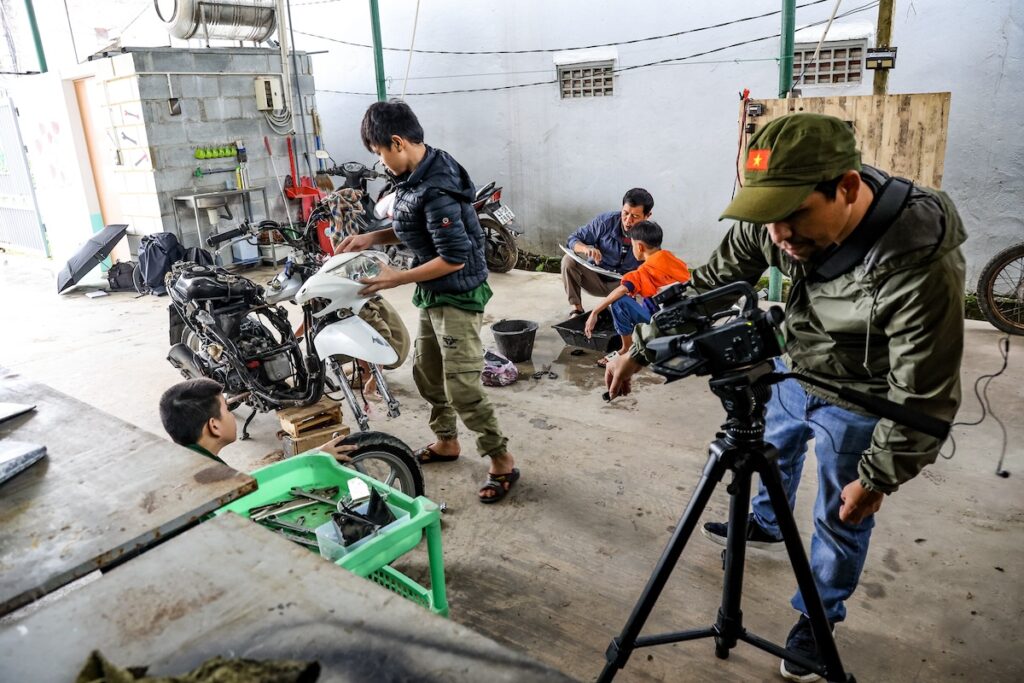
Each crew in Vietnam had a smart plan ready at the start of Production Week, yet each faced unique challenges that fostered learning and growth.
For the CHIA crew, a major obstacle arose when one of their documentary subjects had his motorbike stolen, severely impacting his life and presenting an opportunity for a different story. The crew initially shifted their film’s focus to align with this new development but later decided to revert to their original plan. This experience taught them the importance of flexibility and quick decision-making in storytelling.
The HAPPINESS crew started their week in Da Nang, where their protagonists were selling goods at a weekend market. After a strong start, their production plans were derailed by the first major rainfall since our arrival, preventing the protagonists from attending their workshop for filming. After days of inactivity, the rain cleared, and the crew managed to pull everything together over the following weekend, albeit later than planned. This setback highlighted the unpredictability of documentary filmmaking and the need for resilience.
The HEARING crew faced a unique realization as filming began. They had to rethink their approach when they discovered that their interviewee, Lanh, was mute. Typically, crews film an interview with various coverage shots, but with Lanh, they couldn’t cut away because she communicated with her hands. To ensure the hearing-impaired audience could understand her, the crew had to keep the camera on her throughout her interviews. This forced them to reconsider and adjust their story, leading to a more concise narrative that was easier for audiences to follow. This experience underscored the importance of adaptability and meticulous planning in documentary filmmaking.
These challenges and the adjustments made in response led to deeper learning and growth for each crew. They not only honed their technical skills but also gained a greater appreciation for the complexities and nuances of documentary storytelling.
EDITING WEEK
In the final week of the Documentary Outreach, everything centers on the editors. They’ve been hard at work cutting scenes and sequences, but now they have everything they need to complete the documentaries. While they’re putting in long hours editing, they also send their crews out for pick-ups to get any missing footage. When crews aren’t out filming, they’re back at BaseCamp, working with a Paper Edit to rearrange the story beats for the best final film.
This intense week culminates with new films ready to watch by the end of the week.
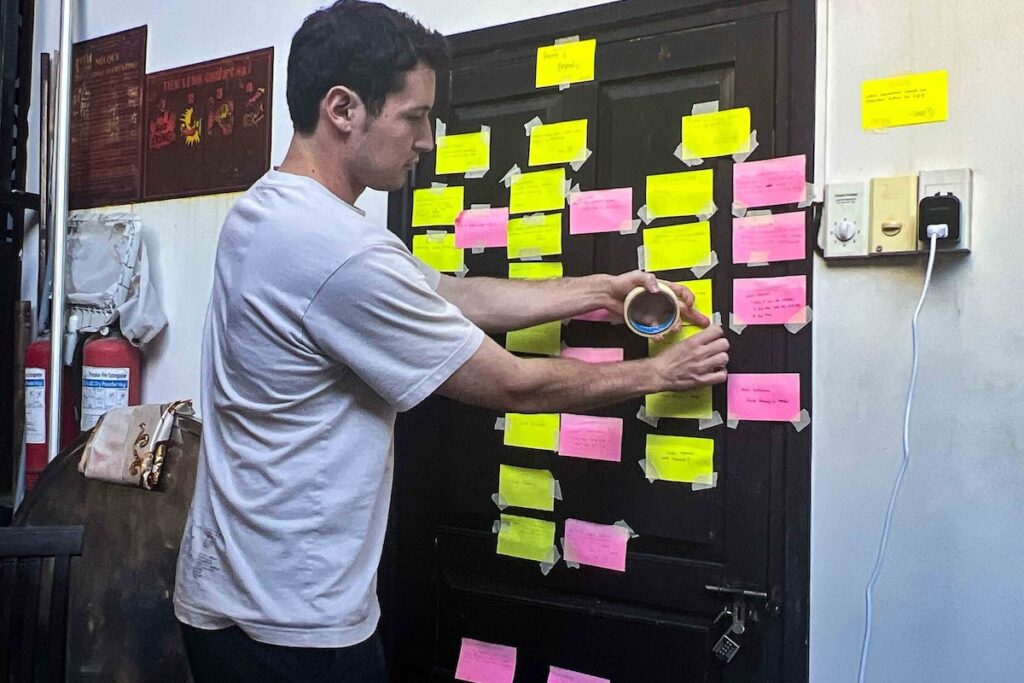
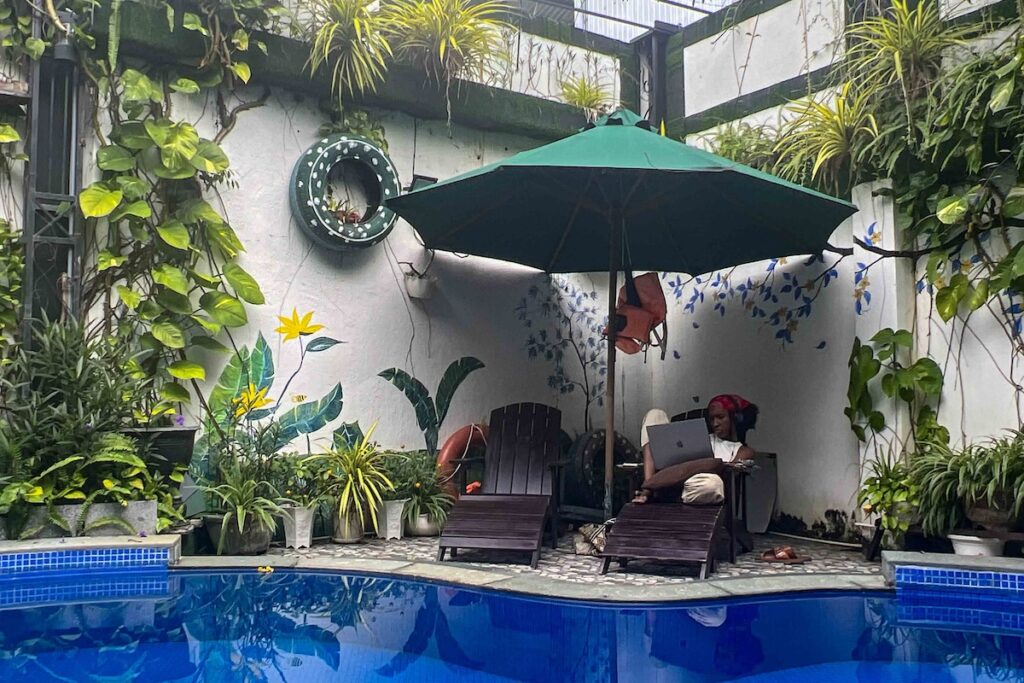
One crew, despite starting later than others, maintained regular hours, worked steadily, and completed their film with relative ease, demonstrating the value of a balanced approach. They took regular breaks and ensured open communication about their needs, which helped them manage stress and maintain productivity.
Another crew worked flexibly, often outside of BaseCamp. They maintained good communication within the team, meeting all their deadlines and finishing their film just in time for the final screening. They tackled fatigue by creating a supportive environment, encouraging each other, and allowing team members to work in their preferred settings, which boosted morale and creativity.
The CHIA crew faced significant challenges when one member experienced health issues due to the local air quality. This led to a series of medical visits and temporary communication gaps. During this time, other crew members stepped up to continue the editing process. They managed stress by dividing tasks efficiently and leaning on each other for support, ensuring no one person was overwhelmed, which helped them stay on track and finish the film. This experience emphasized the importance of teamwork, clear communication, and supporting each other through unexpected challenges.
These experiences during the final week were transformative for all crews. They learned the critical balance between intense focus and personal well-being, the necessity of flexibility and communication, and the strength that comes from supporting each other in challenging times.
COMMUNITY SCREENING
Every Documentary Outreach concludes with a special event where the crews, everyone they filmed with, and as many new friends as possible gather to watch the finished documentary films. This year, the screening coincided with the start of the Lunar New Year celebrations, adding an extra layer of festivity.
For all the crews, standing at the back and watching the audience react to their films was both nerve-wracking and exhilarating. The audience’s laughter and cheers at key moments were a rewarding payoff for four weeks of hard work. This experience underscored the importance of audience engagement and reinforced the crews’ confidence in their storytelling abilities.
After all the films finished, there were hugs, handshakes, and many group photos as everyone began to say their goodbyes. While this wasn’t the last time people would talk—many still keep in touch today—it was a memorable moment of shared achievement and connection.
This closing event highlighted the power of community and collaboration, leaving everyone with a sense of accomplishment and the lasting bonds formed during the outreach.
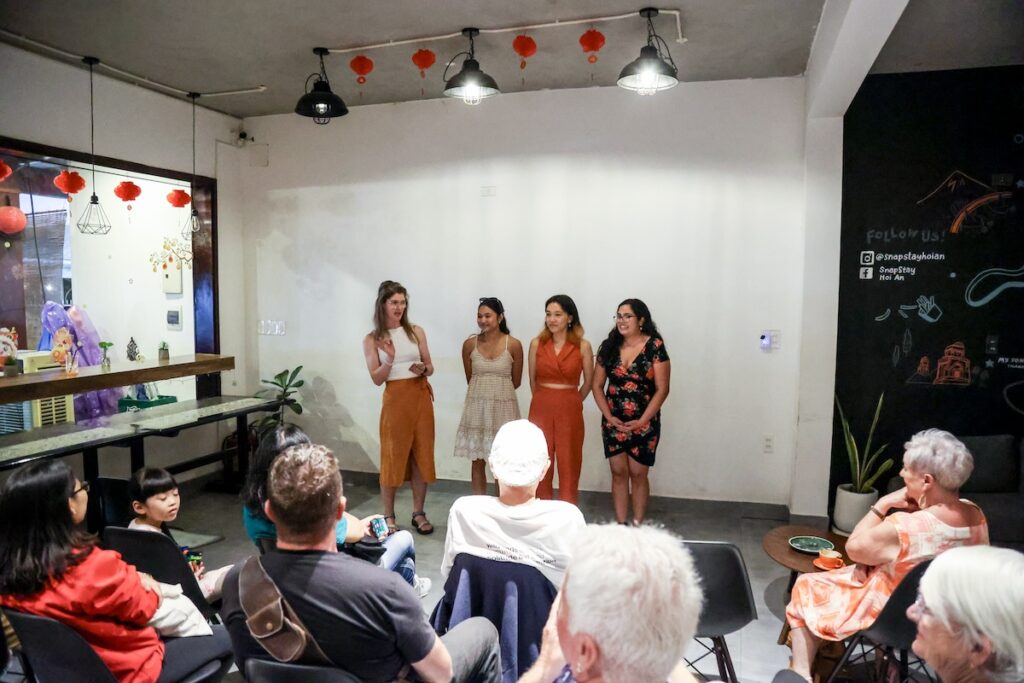
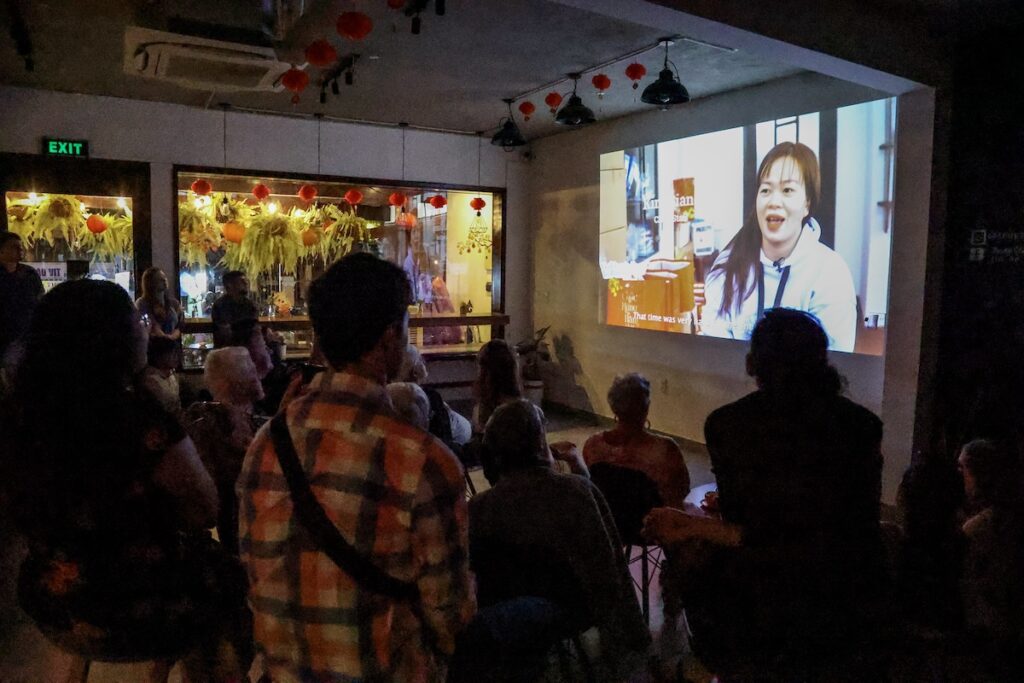
WATCH THE FILMS
CREW EXPERIENCE
I think that it was a really great experience and exposed me to a culture that really impacted my outlook in life. It also gave me the confidence to direct documentaries.
Brianna Avnell, Director, The Happiness Shop
Travelling with Actuality Abroad was an all round fantastic experience. I had amazing support from the company and met the most amazing people while staying in Vietnam. As a learning experience it was the perfect balance between detailed tutorials and just straight up being thrown in the deep end. I also liked that the program is so centered around making positive changes around the world and supporting local businesses.
Shelby Hauwert-Świstak, Cinematographer, Hearing & Beyond
My expectations were beyond exceeded. I was a little hesitant at first because I wasn’t sure how the structure of the program was going to work especially with such a short time frame. I’ve never made a documentary in 4 weeks and it was also my first time being a cinematographer. I personally really enjoyed the freedom we had, but there was always a safety I felt knowing I was there with a program. Reflecting back now I can say that being in Vietnam and having this opportunity is the best thing I’ve done so far.
Sydney Villa, Cinematographer, Mama CHIA
CONCLUSION
With the Documentary Outreach in Vietnam concluded, several new films are ready to go online, introducing a world of positive change to audiences. When the original plans for Hoi An were laid out, there were many changemakers working in the area, but sadly, many of them were no longer active post-COVID. As a result, the program took on a unique theme, focusing entirely on youth disability. All our changemakers were thrilled to share these films and their stories.
Reflecting on the experience, we couldn’t help but think about the potential for even more collaboration. Disabled young women with nearly 100k followers on TikTok understand video creation. A young boy at CHIA, who struggled with mobility, could expertly navigate his curated YouTube channel with a TV remote. At Hearing & Beyond, students regularly recorded themselves with tablets to assess their sign language. These youth had a solid grasp of media-making, and with this knowledge, we realized we could have approached the project with a greater level of collaboration from the start.
The experience highlighted the untapped potential and creativity within the communities we worked with, inspiring us to consider more collaborative approaches in the future. We eagerly anticipate what the future holds and the possibilities for even deeper engagement and innovation in our projects.



